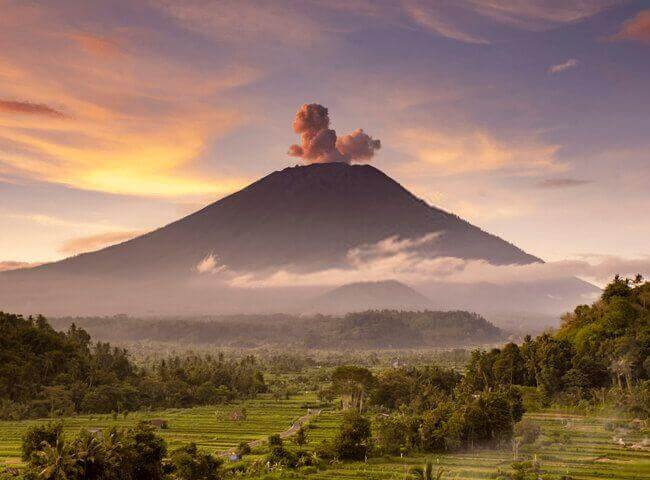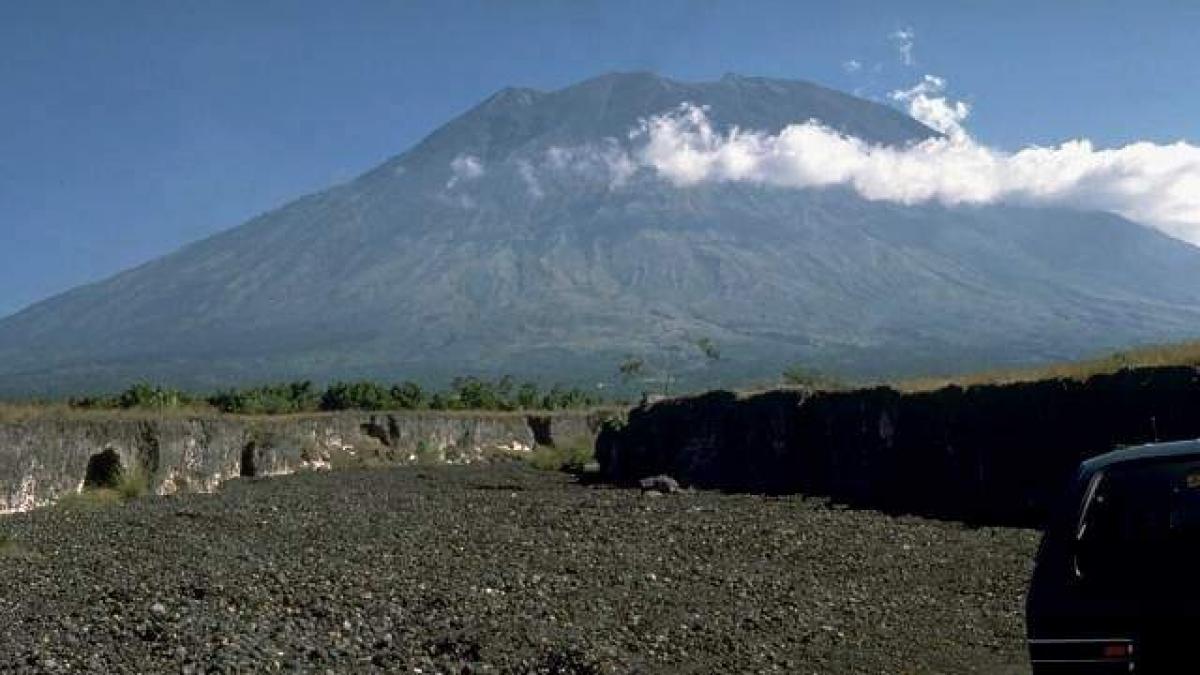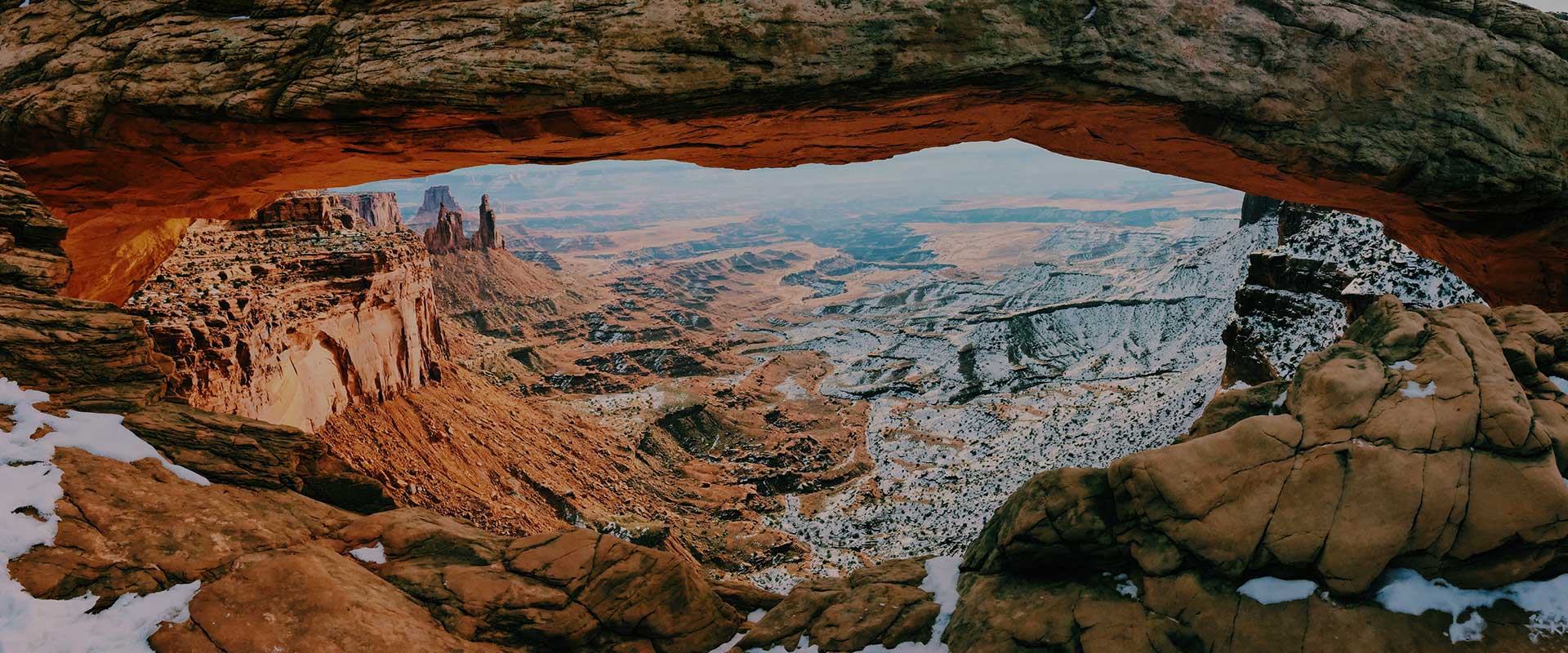Gunung Agung or Mount Agung is a stratum volcano that is characterized by lava flowing from its interior, which is highly viscous and cools and hardens before it can reach far. The magma source of these mountains is classified as active acid has a steep profile and with periodic and explosive eruptions.
It is about 75 kilometers from the beach of Kuta, the highest point on the island, dominates the surroundings influencing the climate. The clouds coming from the west and Agung take their water to make the west more lush and green.

East undoubtedly the most important volcano and mountain on the island, as it is a fundamental part of the Hindu mythology of the island. For the Balinese, the volcano is a replica of the sacred Mount Meru (the sacred mountain of Hinduism).
How to climb the volcano
Agung is also a basic part to understand the climate in Bali in its different areas, because its altitude marks the landscape of the island.
Is the Agung or Gunung Agnung volcano active?
The last eruption was on February 24, 1963, very thick lava flows began to travel along the northern flank of the volcano. Reaching a length of 7 km in about 18-20 days and an altitude of 510 meters above sea level, the flows were approximately 0.5-0.8 km wide and 30-40 m thick.’, «
More than 1,000 people died and the global temperature decreased by a fraction of a degree and is still active, with a large and very deep crater that occasionally generates smoke and ash.

What you should take into account in Agung
When volcano experts say that Mount Agung in Bali is extremely likely to erupt within hours or days. Stations routinely collect data on tremors inside the mountain, with a sharp red line that records the rise and fall of Agung’s moods day after day.
If the volcano Mount Agung erupts, ash plumes can move around the world and impact air travel for weeks. It has a large and fairly deep crater that occasionally spews out smoke and ashes and ranks sixth among the ten most dangerous volcanoes on earth, Bali would be devastated and hundreds of thousands would die .
On November 25, there was a magnetic eruption, where the eruptive column reached an altitude of 1.5-4 km above the summit crater and moved southward leaving a thin layer of dark ash on the earth and its surroundings, which led some airlines to cancel flights to Australia and New Zealand.
Later, a orange glow was observed around the crater, which meant that fresh magma had reached the surface.26 November 2017 there was another eruption, the second in less than a week. Bali airport was closed on 26 November 2017.


